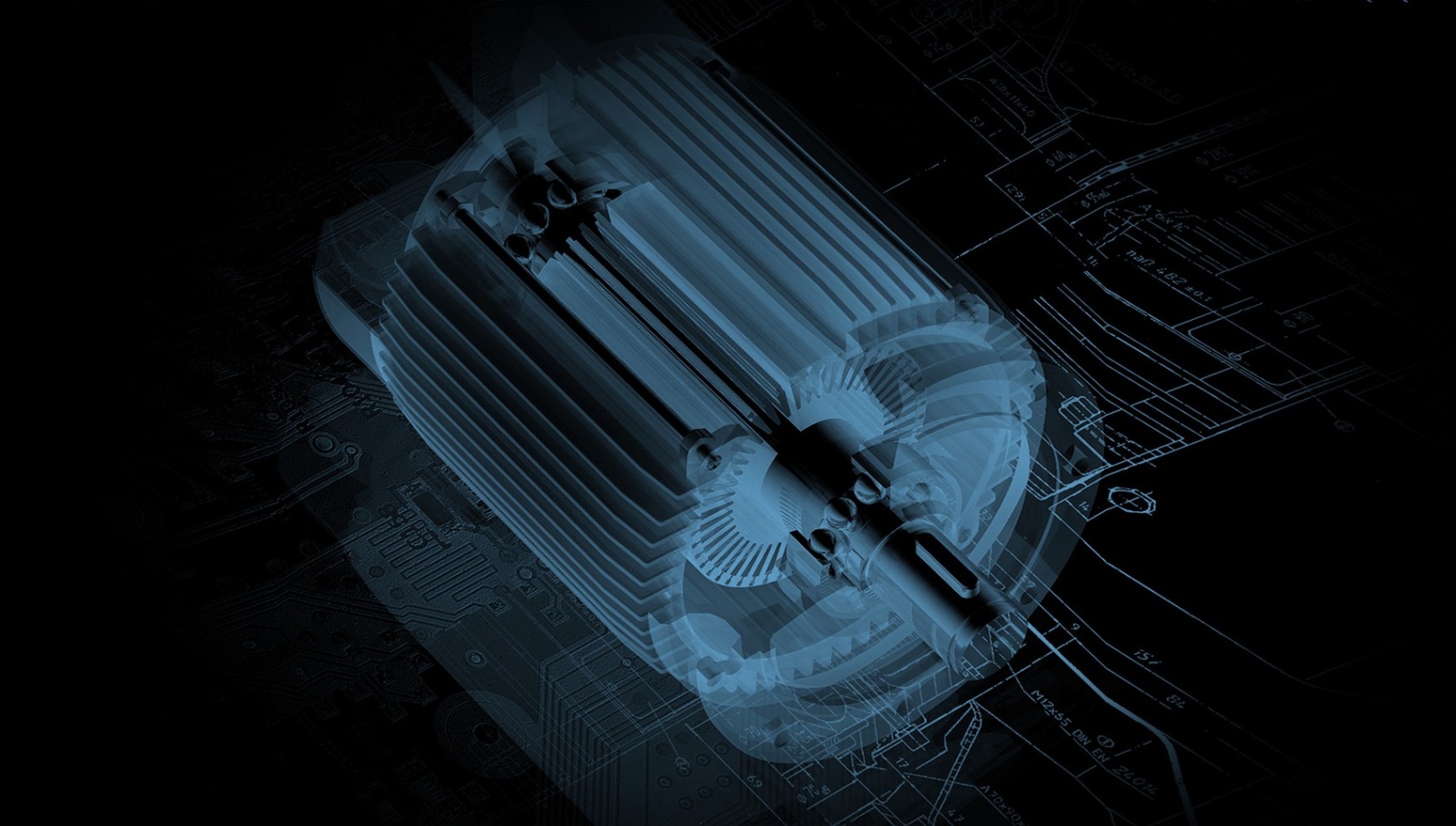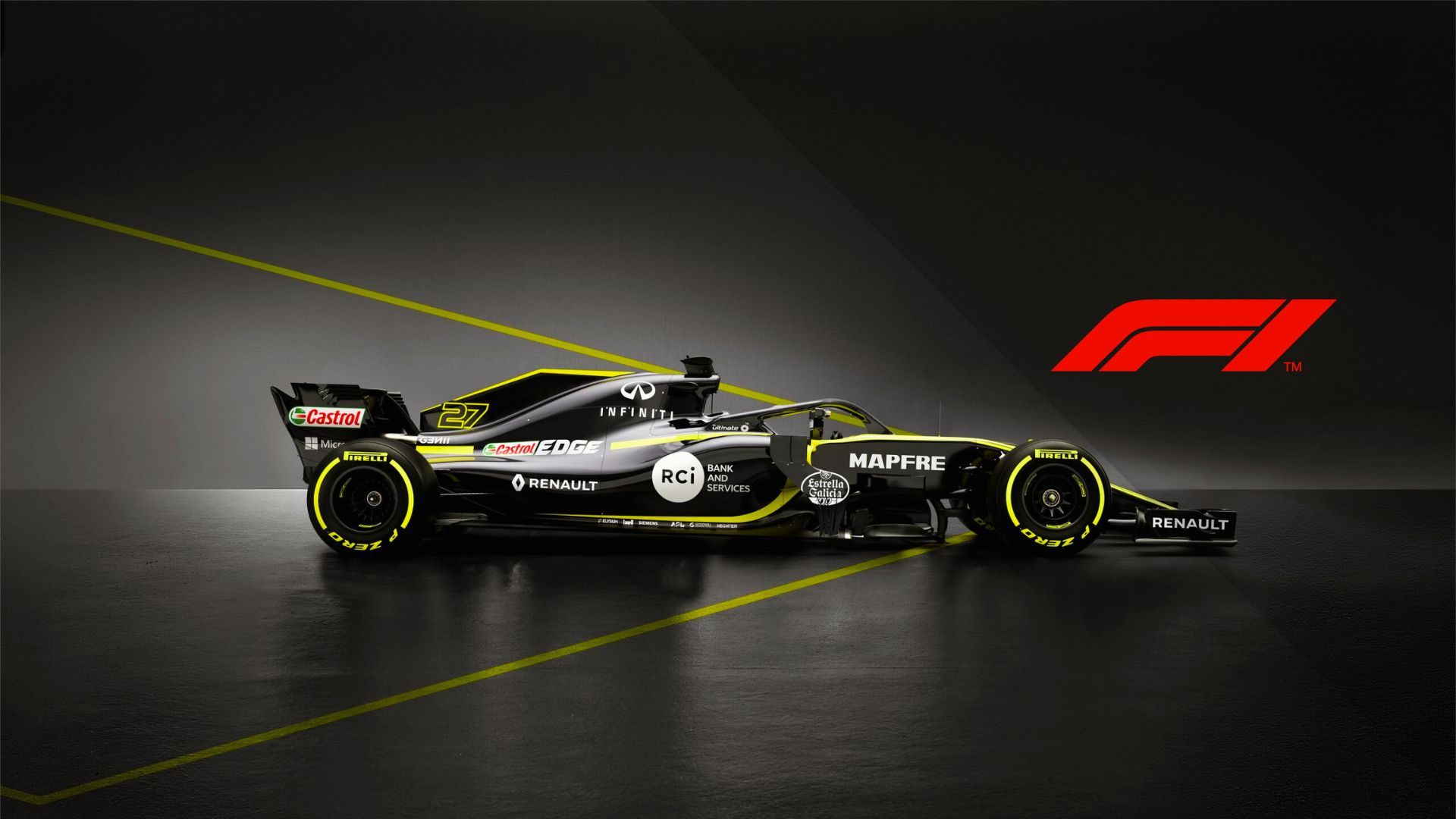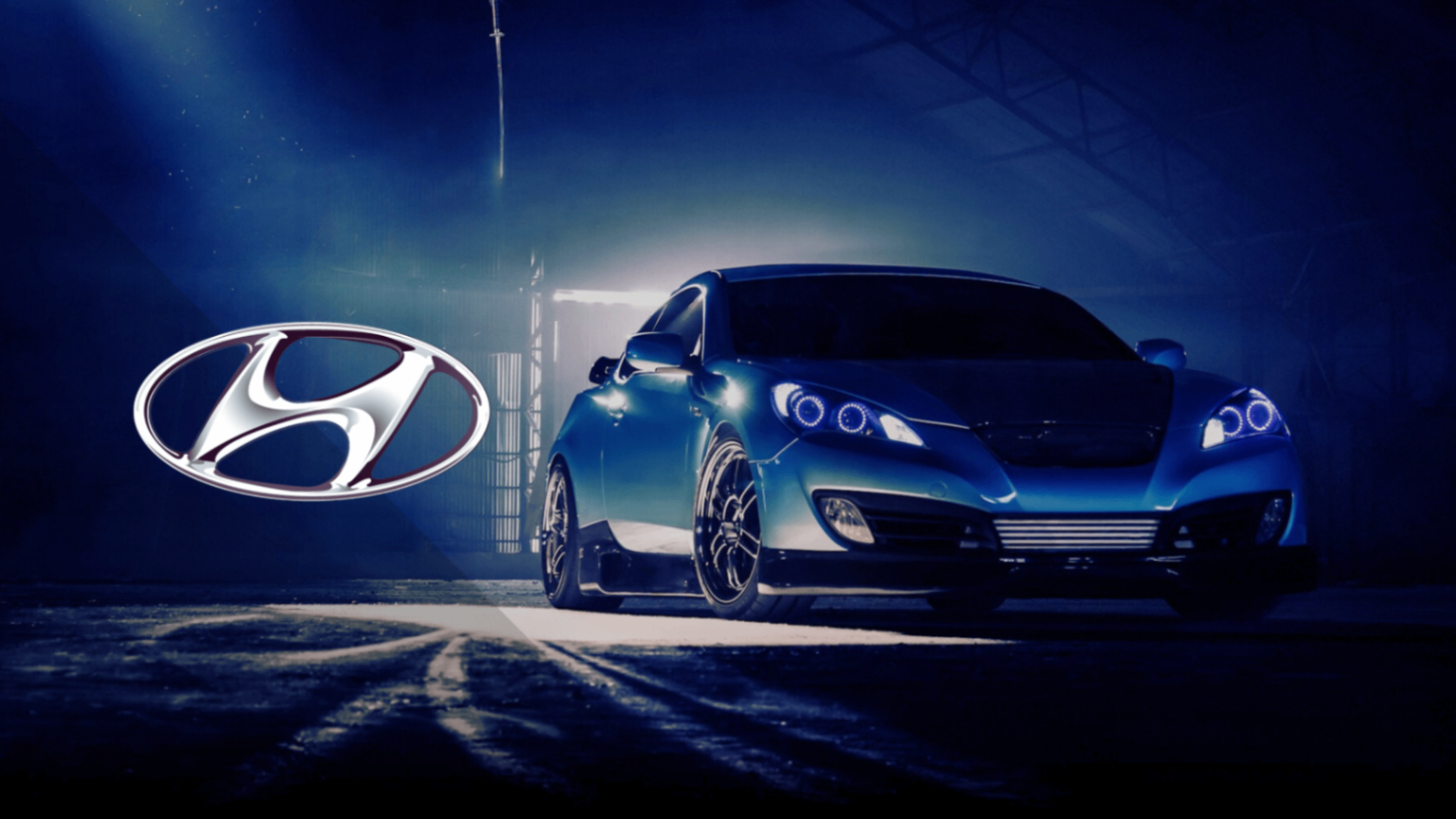
From the roaring V12 engines of the 1950s to today's advanced hybrid technology, we will explore how the incredible engines of Formula 1 have changed and improved. Prepare to discover how innovation and engineering have propelled Formula 1 to the pinnacle of motorsport. Don't miss out, let's begin!
The begginings
Formula 1 engines are the technological heart of the fastest and most advanced cars in the world. Designed to deliver maximum power and efficiency, these engines have evolved dramatically over the years.
When Formula 1 was inaugurated in 1950, technical regulations were based on the rules of pre-World War II Grand Prix. Formula 1 inherited many of these rules as they provided a solid and familiar foundation for post-war competition.
Also read: The other side of Porsche: Cars and weapons in Nazi Germany
In that first season, one of the most outstanding engines was the Alfa Romeo 158, nicknamed "Alfetta". This engine was initially developed in the 1930s and was then refined for Formula 1 competition.
The Alfa Romeo 158 had a supercharged 1.5-liter engine. This eight-cylinder in-line engine, unlike the 6-cylinder engines of the competition, produced approximately 350 horsepower, an impressive figure for the time. The Alfetta introduced an aluminum block, much lighter and more corrosion-resistant, which significantly reduced the overall weight of the single-seater. It also incorporated a double overhead camshaft, optimizing the opening and closing of the valves, improving engine efficiency and increasing power.
In the first race of the Formula 1 World Championship, the British Grand Prix, the Alfa Romeo 158 demonstrated its superiority. Driven by Italian driver Giuseppe "Nino" Farina, the Alfetta not only won the race but also dominated the season, taking victory in several races and allowing Farina to become the first Formula 1 World Champion.

Changes in Regulations
In 1952, due to a lack of competition and Alfa Romeo's withdrawal, the FIA decided to race under Formula 2 rules, allowing engines up to 2.0 liters. This benefited Ferrari, which had already developed the Ferrari 500 to these specifications.
Check this out: Tractor manufacturer humiliated Ferrari | Lamborghini
Unlike the in-line six-cylinder engines that dominated the era, the Ferrari 500 introduced an innovative 60-degree V12 engine, more compact and lightweight, which offered better weight distribution, smoother operation, and a more distinctive sound. This engine produced around 185 horsepower at 7,500 rpm, which was quite competitive for the time. To optimize the air-fuel mixture, the Ferrari 500's engine featured three Weber twin-choke carburetors, which ensured precise and efficient feeding to each cylinder.
Starting in 1954, when the rules allowed naturally aspirated engines up to 2.5 liters, manufacturers like Mercedes-Benz introduced more powerful engines. The Mercedes-Benz W196 dominated in '54 and '55. It was equipped with a 2.5-liter inline engine that produced around 290 horsepower at 8,500 rpm. The W196 was the first car to use direct fuel injection, which provided a more precise and efficient air-fuel mixture, increasing power and reducing consumption.
Juan Manuel Fangio, one of the most talented drivers in Formula 1 history, joined Mercedes-Benz and won five of the nine races of the season, securing the world drivers' championship
New Limitations
From 1961 to 1965, a significant change was made to the regulations, seeking to reduce speeds and improve safety following the fatal accidents of the late 1950s. Engine capacity was limited to 1.5 liters, without supercharging.
One of the most iconic cars of this era was the Ferrari 156, known as the "Sharknose" due to its distinctive front grille. It introduced an innovative 120-degree V6 engine, more compact and lightweight, which offered better weight distribution, smoother operation, and a lower center of gravity, improving stability and handling. It also implemented a newly designed tubular steel chassis, stiffer and stronger than those previously used, increasing the car's torsional rigidity.
More Power, More Speed
In 1966, Formula 1 introduced a new regulation that allowed naturally aspirated engines up to 3.0 liters and supercharged engines up to 1.5 liters. This change marked the beginning of a new era in the sport, leading to a significant increase in the power and speed of the cars. One of the most iconic engines of this era was the Ford Cosworth DFV (Double Four Valve).
Check this out: Hated working on the farm and created Ford | History of Ford
A 3.0-liter V8 engine, with a 90-degree angle between the banks of cylinders and four valves per cylinder. On its debut, the engine produced approximately 400 horsepower at 9,000 rpm. It incorporated a dry sump lubrication system, which kept the oil away from the crankshaft, reducing friction and improving engine cooling. The DFV was designed to be an integral part of the car's chassis, allowing for a lighter and stiffer structure.
This engine quickly became the preferred choice for many Formula 1 teams due to its power, reliability, and relatively low cost. Teams like Lotus, McLaren, Tyrrell, Williams, and Brabham used the DFV in their cars.
The Golden Era
Between 1986 and 1988, Formula 1 experienced a golden era of power and speed thanks to 1.5-liter turbocharged engines. These powerplants generated incredible power, exceeding 1,000 horsepower, and pushed the cars to dizzying speeds.
An iconic car from that era was the McLaren MP4/4. Its Honda V6 turbo engine was boosted by a Garrett AiResearch turbocharger, generating over 700 horsepower in qualifying trim. However, to comply with new FIA regulations, boost pressure was limited to 2.5 bar in races. It also incorporated a Weber-Marelli electronic fuel injection system, which metered the air-fuel mixture more precisely and efficiently.
New Prohibitions
However, in 1989, a new regulation was introduced that banned turbocharged engines and limited engine capacity to 3.5 liters naturally aspirated. This change aimed to reduce the power and speed of the cars and, at the same time, encourage competition between different engine manufacturers.
The Renault RS16 V10 3.5-liter engine that powered the Williams FW14B to victory emerged. This was the first Formula 1 car to incorporate active suspension, a system that used hydraulic sensors to adjust the height and stiffness of the suspension in real time, optimizing the car's performance in each section of the track.

Less Power, Lower Costs
1995 marked a change in Formula 1 with the introduction of new regulations, which limited engine capacity to 3.0 liters, for both V10 and V12 configurations. This new regulation aimed to maintain the characteristic sound of naturally aspirated engines while reducing power and costs. This was due to the fact that the search for power led teams to develop increasingly complex and expensive engines, which created a growing inequality between rich and poor teams.
During this time, the Ferrari F2004 was introduced, which incorporated an innovative pull-rod front suspension, a system that located the dampers and anti-roll bars horizontally under the chassis. This reduced the car's center of gravity and improved aerodynamics. The F2004 was powered by a Ferrari 053 V10 3.0-liter engine, which was known for its power, reliability, and efficiency.
Return of the V8s
In 2006, the FIA decided to end the era of 3.0-liter naturally aspirated engines and allow V8 engines again, but with a capacity of 2.4 liters. This was to balance performance and efficiency, reducing power and fuel consumption compared to the previous era of V10 and V12 engines.
These limitations led to innovations such as the RB7, one of the first Formula 1 cars to incorporate a KERS system, an acronym for Kinetic Energy Recovery System. This system recovered kinetic energy generated during braking and stored it in a battery to be released as additional power during acceleration. Providing a power boost of up to 80 horsepower for 6.6 seconds per lap, it gave the RB7 a significant advantage on starts and overtakes.
A Greener F1
In 2014, Formula 1 took a radical turn with new rules that changed everything. F1 wanted to be greener and reduce CO2 emissions. The aim was for engines to be more efficient and consume less fuel.
Gone were the roaring V8 engines, giving way to a 1.6-liter V6 turbo accompanied by a silent but fierce electric motor. This duo created a monster of up to 900 horsepower but also brought with it complexity, higher costs, and for some, less noise and excitement.
Has the hybrid era been a success? In terms of efficiency and technology, without a doubt. Engines consume less fuel, the track has become greener, and F1 has placed itself at the forefront of innovation.
As for spectacle and competition, opinion is divided. Some miss the deafening roar of the V8s and the simplicity of traditional engines, while others enjoy the additional power, KERS, and the technological battle between teams.
But what's next? The FIA is evaluating new regulations for 2026, seeking to create a greener, more competitive, more exciting, and more future-oriented Formula 1. Only time will tell if these new rules will meet expectations, but one thing is for sure: Formula 1 in 2026 promises to be an exciting and innovative experience.







